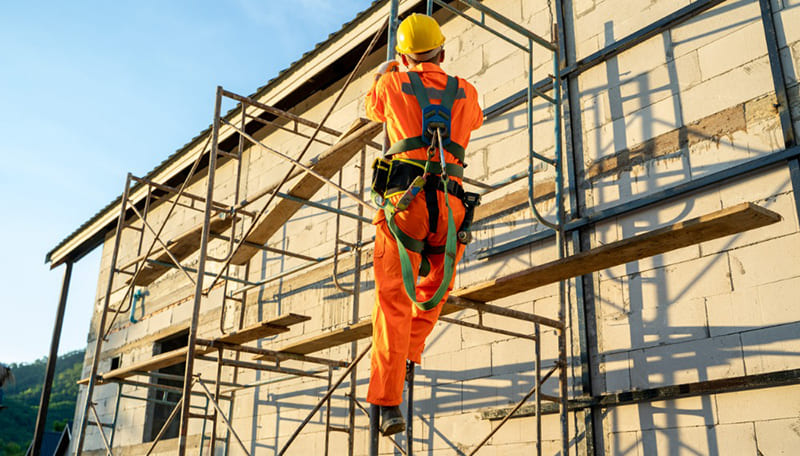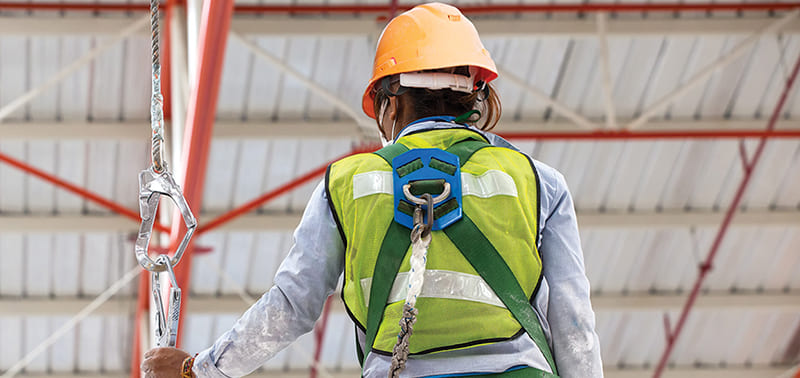5 Dangerous Misconceptions About Fall Protection

Fall protection is a critical aspect of workplace safety, especially in industries where working at heights is common. However, there are several dangerous misconceptions that can compromise the effectiveness of fall protection measures and put workers at risk. This article aims to debunk five common misconceptions about fall protection to raise awareness and promote proper safety practices.
1、Misconception: "I don't need fall protection because I'm careful."
Reality: Accidents can happen even to the most cautious individuals. Relying solely on personal caution is not sufficient. Fall protection measures, such as harnesses, guardrails, and safety nets, are designed to provide an additional layer of protection and should always be used when working at heights.
2、Misconception: "Fall protection is only necessary for high elevations."
Reality: Falls can occur from any height, including low levels. It is essential to assess the risks and implement appropriate fall protection measures regardless of the working height. Even a fall from a few feet can result in severe injuries or fatalities.
3、Misconception: "I can use any anchor point for fall protection."
Reality: Anchor points must be specifically designed and tested to withstand the forces generated during a fall. Relying on an unsecured or inadequate anchor point can lead to equipment failure and catastrophic consequences. Always use approved and properly rated anchor points when setting up fall protection systems.

4、Misconception: "I can use any fall protection equipment."
Reality: Not all fall protection equipment is suitable for every situation. Each job and environment may require specific equipment, such as harnesses, lanyards, or self-retracting lifelines. It is crucial to select and use the appropriate equipment based on the nature of the work, potential fall hazards, and industry regulations.
5、Misconception: "Fall protection training is not necessary."
Reality: Proper training is crucial for the effective use of fall protection equipment. Workers must be trained on how to inspect, don, and use fall protection gear correctly. They should also be aware of potential fall hazards, emergency procedures, and rescue techniques. Ongoing training and refresher courses are essential to ensure that workers stay informed and up to date.
Falls from heights are a leading cause of serious injuries and fatalities in the workplace. To protect workers effectively, it is important to debunk dangerous misconceptions about fall protection. By understanding that personal caution is not enough, fall protection is necessary regardless of height, proper anchor points and equipment are crucial, and training is essential, we can create safer work environments and prevent tragic incidents. Employers, employees, and safety professionals must work together to ensure that fall protection measures are properly implemented, and workers are adequately trained to minimize the risks associated with working at heights.










